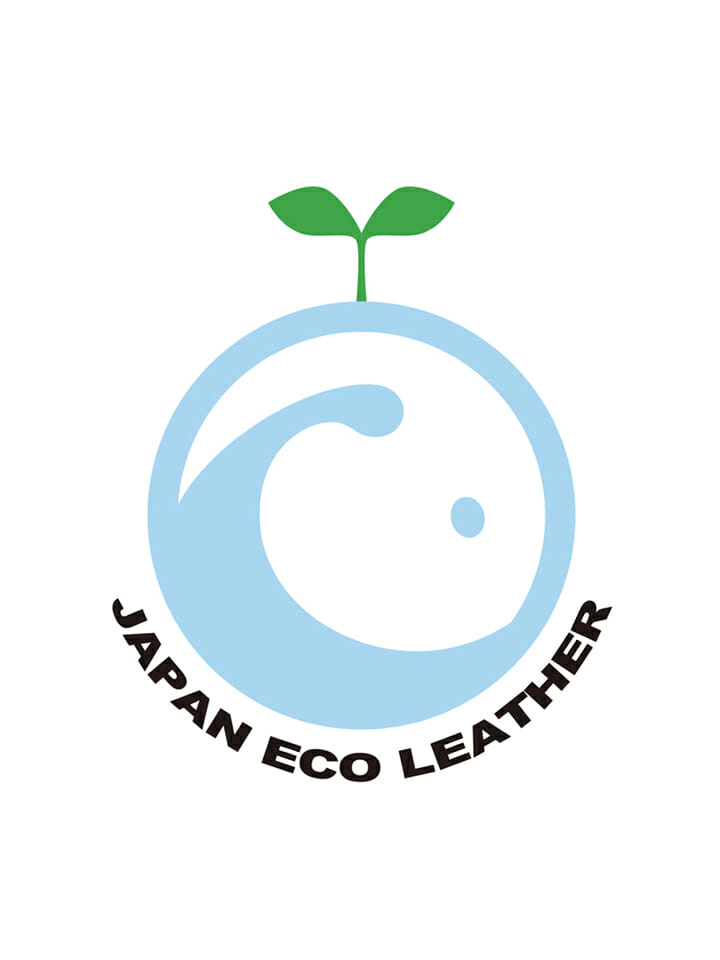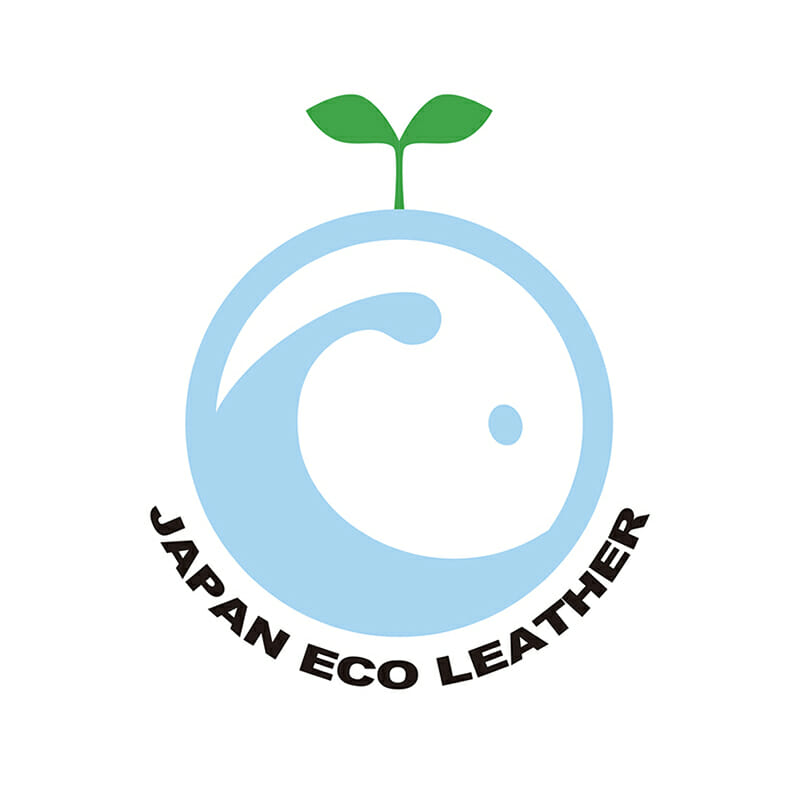
Knowledge: Eco leather
Eco leather:Leather in the era of environmental conservation

"Eco-leather" is an eco-friendly leather that has been developed since the 1990s, mainly in Europe. In Japan, the "Japan Eco Leather Standard (JES)" was established in 2006 in cooperation with the Japan Leather Technology Association and the Japan Tanners Association.
Eco-leather is a leather material that meets the standards shown in the table above and is designed to reduce the environmental impact in the cycle from manufacturing to transportation, sales, and reuse. Standards are stipulated in detail, such as not only the components contained in the leather itself, but also the components of the materials used in manufacturing and whether the wastewater and waste are properly treated. The certification is carried out by the Japan Leather Industry Association. For leather and products that have cleared the standard, the "Japan Eco Leather Standard Certification Label" is displayed as shown in the lower right figure. This label depicts a rotating leather tanning drum with the leather and tanning agent bouncing inside, the letters "ECO", a young leaf, and the earth. Leather is a natural material, but Eco-Leather is becoming more familiar as a natural material that is even more friendly to people and the global environment.

Japan Eco Leather Certification Criteria
● Being natural leather
● The leather must be manufactured in a factory where wastewater and solid waste treatment are properly controlled.
● Satisfies certain standards regarding odor, chemical substances (formaldehyde, heavy metals, PCP, prohibited azo dyes, restrictions on the use of carcinogenic dyes) and staining friction robust level.